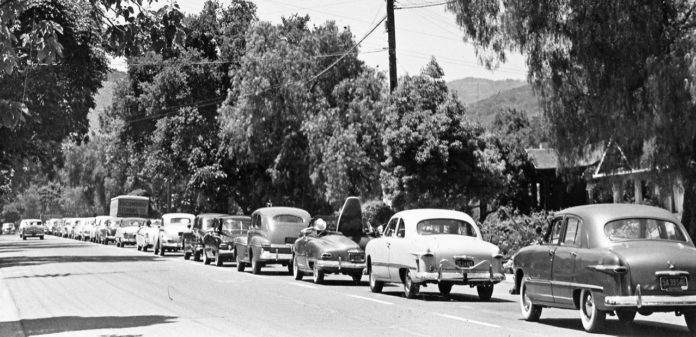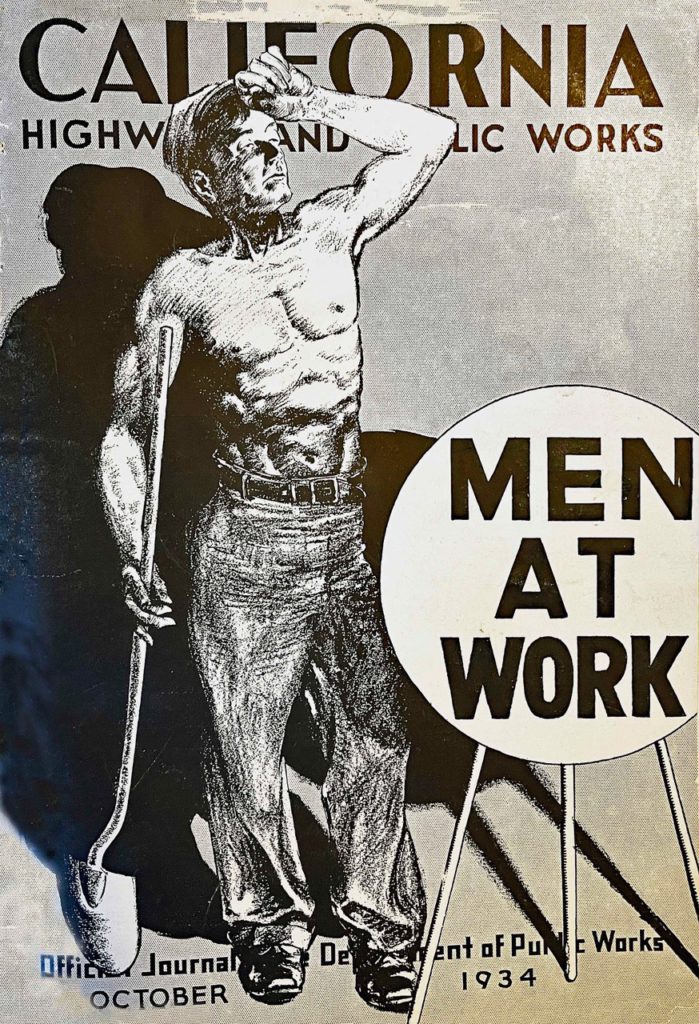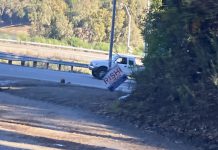
—This is the second in a two part series.
Last month, I explored what traveling “over the hill” was like in the second half of the 19th century, when stagecoach passengers faced long, bone-rattling, and often dangerous trips along dusty or muddy dirt roads.
Change came quickly at the beginning of the 20th century with the arrival of the automobile. Citizens clamored for better roads and agreed to pay higher taxes to fund their construction. Based in part on lobbying by the Santa Cruz Chamber of Commerce, the patchwork of roads between Los Gatos and Santa Cruz was one of the first designated for improvement. State bonds were issued to finance the project, and were later replaced with a two-cent-per-gallon gasoline tax.
Construction of a concrete Glenwood Highway began in 1911. It followed a circuitous route over existing roads between Santa Cruz Avenue in Los Gatos and Water Street in Santa Cruz—winding through the now forgotten towns of Lexington, Alma, Wrights, Laurel and Glenwood. When it was completed in 1921, a headline in the Santa Cruz Sentinel proclaimed that “California’s Road Of Marvelous Beauty Now Links Santa Cruz With Her Future Destiny”.

People soon realized how dangerous traveling the dizzying, serpentine highway would be. Sudden sharp curves, blind spots and steep downhill grades caused many drivers to lose control and careen over the edge. Sections with a middle passing lane led to deadly head-on collisions. Speeding was a constant problem, and teams of “speed cops” were deployed to rigorously enforce the posted limit of 20 miles per hour.

The highway soon earned a reputation as one of California’s most treacherous roads. It was often referred to as the “Haunted Highway,” with drivers and passengers claiming to have seen ghosts at locations where accidents had occurred.
Work on a new “ultramodern” highway began in 1931. The new road, which would be designated State Route 17, was five miles shorter than its predecessor. It was built in seven stages, either by straightening old sections or building entirely new roadways and bridges. The number of sharp turns on just one 6.7 mile section was reduced by an astonishing 80%, from 130 curves to 22.
In August, 1949, a three day event called “Trail Days” was held in Los Gatos to celebrate the completion of the new road. But the party didn’t last long. Since the highway ended at South Santa Cruz Avenue, all traffic was routed through downtown. Just like today, traffic jams were a fact of life in Los Gatos seventy years ago.
The solution was to build an extension to bypass the town. But the project was controversial, since construction would require dynamiting the graceful Main Street bridge, bulldozing Memorial Park, and confining the creek to a concrete channel. Work proceeded nevertheless, and a dedication ceremony was held on April 30, 1959 at the Los Gatos Lodge.
In the past few years, gridlock has emerged to plague our town once again. But there’s another solution on the horizon. Los Gatos, the VTA, and Caltrans are collaborating on a “Corridor Congestion Relief Project”to improve traffic flow on Highway 17 between Lark Avenue and Highway 9. Initial surveying has been completed—and an environmental impact report is underway—to upgrade the Highway 9 interchange and widen the freeway to three lanes in each direction.
Funding has been identified and construction is expected to begin in 2027.
Alan Feinberg is a local historian and founder of the LOST Gatos Project. His mission is to generate enthusiasm among Los Gatos residents for remembering and preserving our town’s unique character and historic treasures before they’re lost forever. For more Los Gatos history, download the free mobile app Discover LOST Gatos and take a self-guided historical walking tour.










Removal of our park was akin to removal of our communal hearts……along with demolition of the Southern Pacific Train Station……..summer mornings, we would awaken by the trains tooting at 5…….time to get up, eat, and get out in the orchard before the heat of day. Jackals that invaded our town destroyed our town.
Just saying…